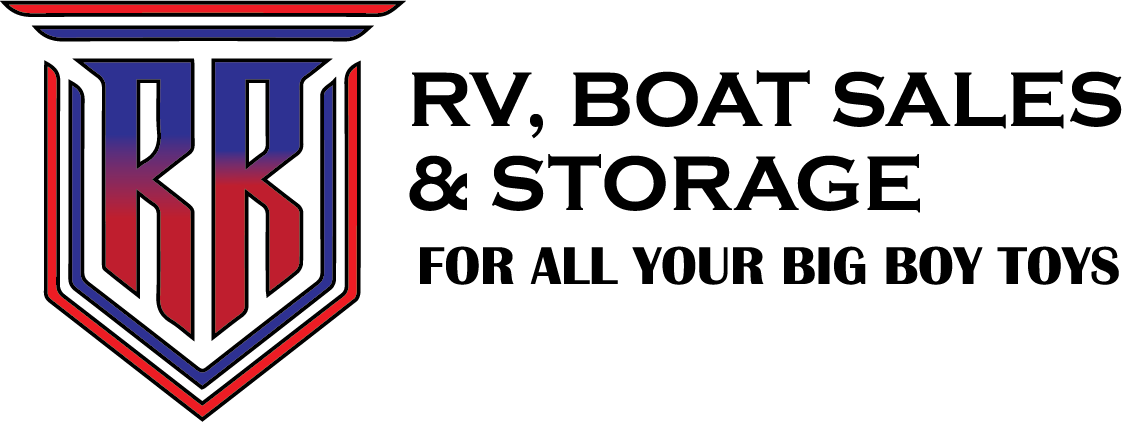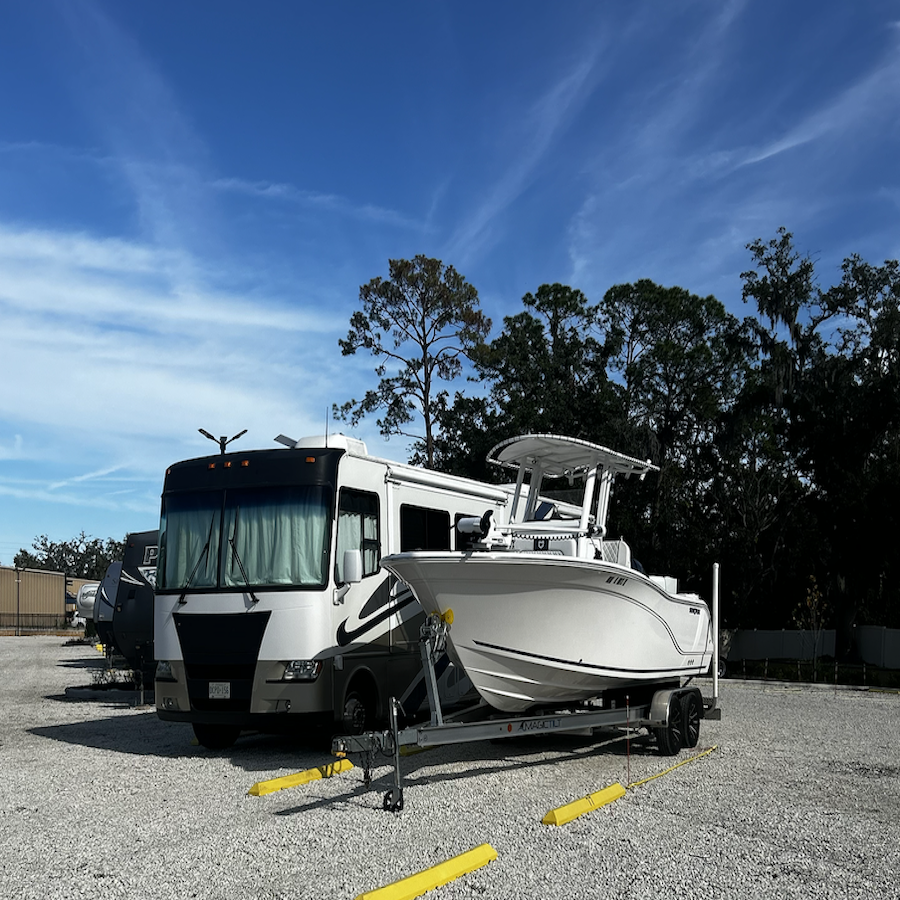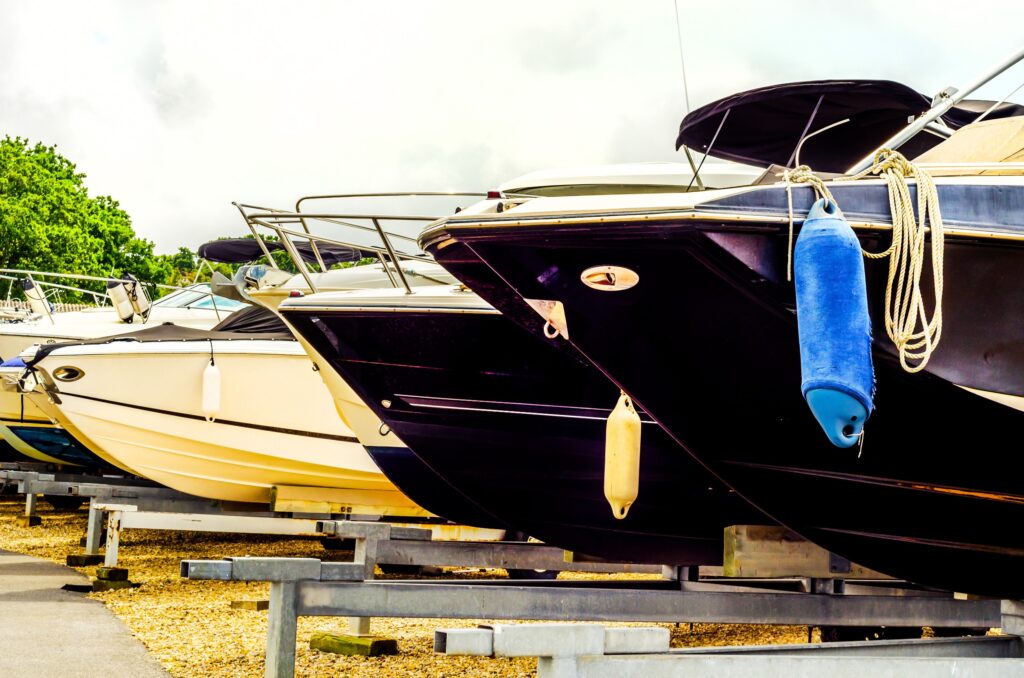Orlando Boat Storage Regulations
Orlando boat storage regulations are very important to have everything in place for secure storage. The commercial boat storage facilities, because of the size and the extent of the special impact area they possess, are more regulated than private ones.
Zoning Districts for Orlando Commercial Storage
- Orlando’s zoning ordinance regulates commercial boat storage businesses, planning the space needs of the business while respecting community concerns. Boat storage facilities in Industrial I-1 (Light Industrial) districts function under normal industrial zoning rights; they can provide both indoor and outdoor storage, and there are usually fewer restrictions placed on operating hours and noise production. These areas are usually located near large transportation networks and thus afford good boat transportation.
- I-2 Industrial districts provide the greatest allowance for boat storage business and may entail storage of boats with maintenance services, fuel, and repair work facilities. These zones are typically on the outskirts of Orlando and afford structures that deal with boats for everyone, ranging from personal watercraft to big cabin cruiser boats. I-2 districts also permit beneficial marine-related use such as the sale of boats, distribution of boat parts, and providing workshops for special boat repairs.
- The C3 category, known as the General Commercial districts, demands that the boat storage operations obtain special use permits in view of the higher level of interaction with the residential areas. These permits often require additional screening, limited business hours – generally from 6:00 in the morning to 10:00 at night, and greater noise suppression. The approval process for the facility always includes public hearings combined with a detailed site plan to make sure that the new facility will fit the existing commercial buildings and residential neighborhoods.
- Mixed-use waterfront zones create site selection opportunities for boat storage in proximity to structures and Lake Conway, Lake Underhill, and other Orlando water bodies. These zones need permits that involve environmental assessment, water usage, and regional compatibility with the marine infrastructure. In these districts, building designs associated with spectacles must reflect the waterfront theme and must adhere to acceptable legal preservation standards, which require features such as controlled stormwater discharge systems and wake effects control systems.
- All zoning categories have associated regulations regarding the distribution of buildings that are different; the I-1 and I-2 districts allow only up to 70% of the lot to be covered, although the C-3 and waterfront zones allow only 50% coverage or even less, to preserve as much area as possible for recreational facilities and scenic landscapes. Through coordinated, harmonized, and formulated zoning regulations, Orlando’s commercial boat storage facilities are adequately responsive to need and, at the same time, limit the spoilage of the social fabric and the environment.
Facility Requirements and Permits
Safety Standards
- Bear in mind that commercial boat storage needs to conform to safety measures that are provided under the city and state law in Orlando. Fire protection systems are twofold and consist of compulsory automatic sprinkler systems and foam based specific to marine vessel fires. These systems are required to be tested quarterly, and the certification is done by licensed contractors annually.
- Temporary fire access lanes should be at least 20ft wide, and permanent fire access/turn-around lanes conform to the dimensions of the largest apparatus. These lanes call for high-strength pavements that are suitable for accommodating and frequently freeing emergency vehicles.
- Intermodal storage structures have specific ventilation needs in addition to the general Mechanical exhaust/supply air systems that can accomplish six full air changes per hour. Carbon monoxide detection systems are required at least one per 3,000 square footage and must sound notifications that are connected to the facility management as well as emergency services. For these systems in the city, testing is done monthly, and the records kept are very detailed.
Security Measures
- Contemporary security needs for Orlando boat storage facilities state that security is best provided in layers. Security personnel should be provided with high-definition cameras with at least 30 days’ record retention, and all doors and gates, storage spaces, and perimeters must be covered without any blind spots. Such systems must be interfaced with central monitoring stations that should continuously monitor the surroundings.
- The legal requirements for ‘perimeter fencing’ go beyond the bare minimum of 6 feet in height, adding that the fence must-have features that will make it difficult for anyone to climb and that these installations must undergo periodic structural integrity tests. The controlled access gates have to have electronic key card access as well, making it possible to have backup manual operations in case of emergency situations. Besides, accessibility areas should have levels of illumination of not more than 0.03-foot candles at night, with a special focus on accesses and corridors.
- These facilities should also conduct annual security reviews that should be conducted by qualified security consultants within the first three months of every year; the aforesaid ratios must also incorporate a quarterly exercise to test these facilities as well as ensure they are in tandem with current professional requirements. The measures of safety and security mentioned above help to provide strong protection in relation to stored vessels with the possibility of a fast reaction in case of an emergency.
Future Development Vision
The established development plan for Orlando of 2025-2030 contains a strategy for “intelligent” boat storage with the usage of IoT sensors, including environmental surveillance systems, security, real-time vessel tracking, etc. The city is also now discussing potentially rewarding facilities that go beyond the standard or practice unique things to be environmentally friendly.
These stringent rules and regulation guarantees that the boat stockages in Orlando are run safely and the natural resources in the region will be preserved for generations to come. Typing The changed climate regulation shows how Orlando is becoming conscious of commercial interests and the environment.
Takeaways
Boat owners and storage facility managers should always check with local authorities for the most current standard and zoning ordinances. This provides a guide on how to ensure a well order and effective community of boating stakeholders in Orlando free from legal blunders.


